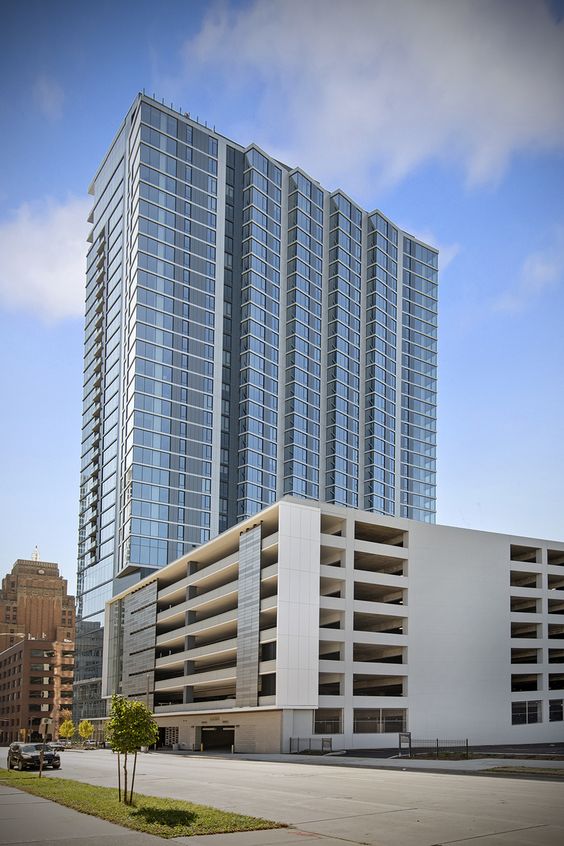Affordable Housing in High-Cost Cities: Discovering Value in Urban Real Estate
Read latest blogs and articles from Housystan

The Information mentioned here was last updated on:
4/12/2025Affordable housing in high-cost cities is a growing concern for many individuals and families seeking to balance urban living with reasonable expenses. With property prices surging in metropolitan areas like New York, San Francisco, Los Angeles, Chicago, and Seattle, navigating the real estate market can seem overwhelming. However, there are effective strategies and resources to help residents and newcomers uncover value within these bustling urban environments.
One of the most effective ways to secure affordable housing in expensive cities is to research neighborhoods that offer lower rent or property prices while still providing access to essential amenities and public transportation. Many up-and-coming districts are undergoing revitalization, making them attractive options for budget-conscious homebuyers and renters. Exploring areas outside the city center, yet still within commuting distance, can yield significant savings without sacrificing convenience or lifestyle.
Local government initiatives and housing programs are also valuable resources for those seeking cost-effective real estate solutions. Cities like Boston, Austin, and Denver have introduced affordable housing projects, rent control regulations, and first-time buyer assistance programs to support residents facing high living costs. By staying informed about these opportunities and applying early, potential tenants and buyers can increase their chances of finding suitable accommodations.
- Verified Tenants/Buyers
- Unlimited Property Listing
- Zero subscription/charges fee
Another strategy involves exploring shared housing options, such as co-living spaces and roommate arrangements. These setups are gaining popularity in urban centers across the United States, offering reduced expenses, increased social engagement, and flexible lease terms. Digital platforms specializing in roommate matching and co-living communities make it easier than ever to find reliable housing partners in major cities.
Additionally, working with experienced real estate agents who specialize in affordable housing within specific urban markets can provide crucial insights and guidance. These professionals are familiar with local trends and hidden gems, helping clients secure desirable properties at competitive prices.
In summary, while high-cost cities pose challenges for affordable living, numerous paths exist to make urban real estate more accessible. By researching emerging neighborhoods, leveraging local programs, considering shared housing, and seeking expert guidance, individuals can discover genuine value in some of America’s most dynamic metropolitan areas.